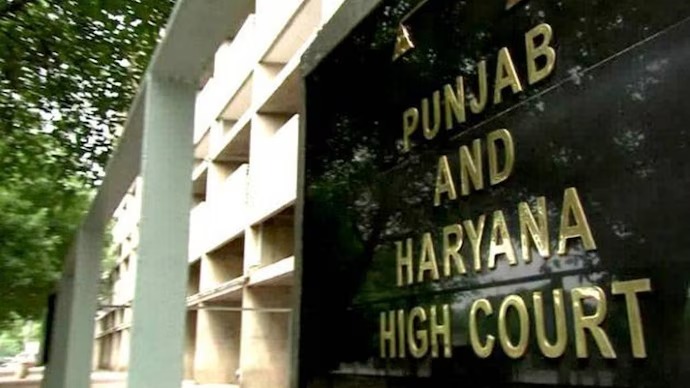Ajay Tewari, J.@mdashThis appeal has been filed by the unsuccessful pre-emptor against the judgment and decree dated 07.10.1988 of the lower Appellate Court passed by the District Judge, Ambala.
2. Brief facts of the case are that the land in dispute was owned by three sisters. The plaintiff-appellant became the owner of the land owned by two sisters by way of court decree. Subsequently the third sister sold her share of land to the respondents. This sale was sought to be preempted on the ground that the plaintiff-appellant had become a co-sharer with the third sister and hence he had preemptive rights over the acquisition of third party. The trial Court decreed the suit on 25.03.1987 (the date is material because it falls before the date on which the preemption law was outlawed). The lower Appellate Court however upset the judgment and decree of the trial Court by holding that by purchasing third sister''s share the respondents had also become the co-sharers of the land and had therefore improved their status and acquired an equal right and footing along with the plaintiff-appellant and consequently the sale was not pre-emptible. Reliance was placed upon Ram Kishan v. Smt. Sharbati and others, 1972 PLJ 54, Anup Singh and another v. Illam Chand, 1978 PLJ 328 and
3. The substantial question of law raised by the learned counsel for the appellant is whether the lower Appellate Court has misinterpreted the three judgments.
4. In Ram Kishan''s case (supra), the issue was that the purchaser had purchased the land out of which some land was not pre-emptible and some land was pre-emptible. It was contended that in respect of the pre-emptible land the purchaser''s rights would give way to the claim. This contention was repelled by this Court and it was held that the sale transaction would have to be split up into two parts, one for pre-emptible land and one for non-pre-emptible land and on purchase of the non-pre-emptible land the purchaser would improve his status. In my opinion, this judgment would not advance the case of the appellant.
5. In Anup Singh''s case (supra), the land was sold by the legal representatives of Jai Prakash who were his wife, his daughter and his three sons. Since the land owned by the women was not pre-emptible this Court held that vendee had improved his status and consequently held the suit to be not maintainable. In Chander''s case (supra) also, the purchaser had purchased the share from a woman and in view of the then prevailing Section 15(2) of the Punjab Pre-emption Act, 1913 it was held that he had improved his status and this Court dismissed the case. Facts of the present case show that the land was sold by the third sister after the judgment of the Hon''ble Supreme Court in
6. Resultantly, the question of law having been answered in favour of the appellant, the appeal is allowed. Consequently, the judgment and decree of the lower Appellate Court is set aside while that of the trial Court is upheld.
7. I have been informed that under the interim order of this Court the appellant was permitted to withdraw the pre-emption money which had been deposited in the Court. Let the entire amount be now deposited within two months from the date of receipt of a certified copy of this order and thereafter consequential action will be taken.
8. Since the main case has been decided, the pending civil miscellaneous application, if any, also stands disposed of.

